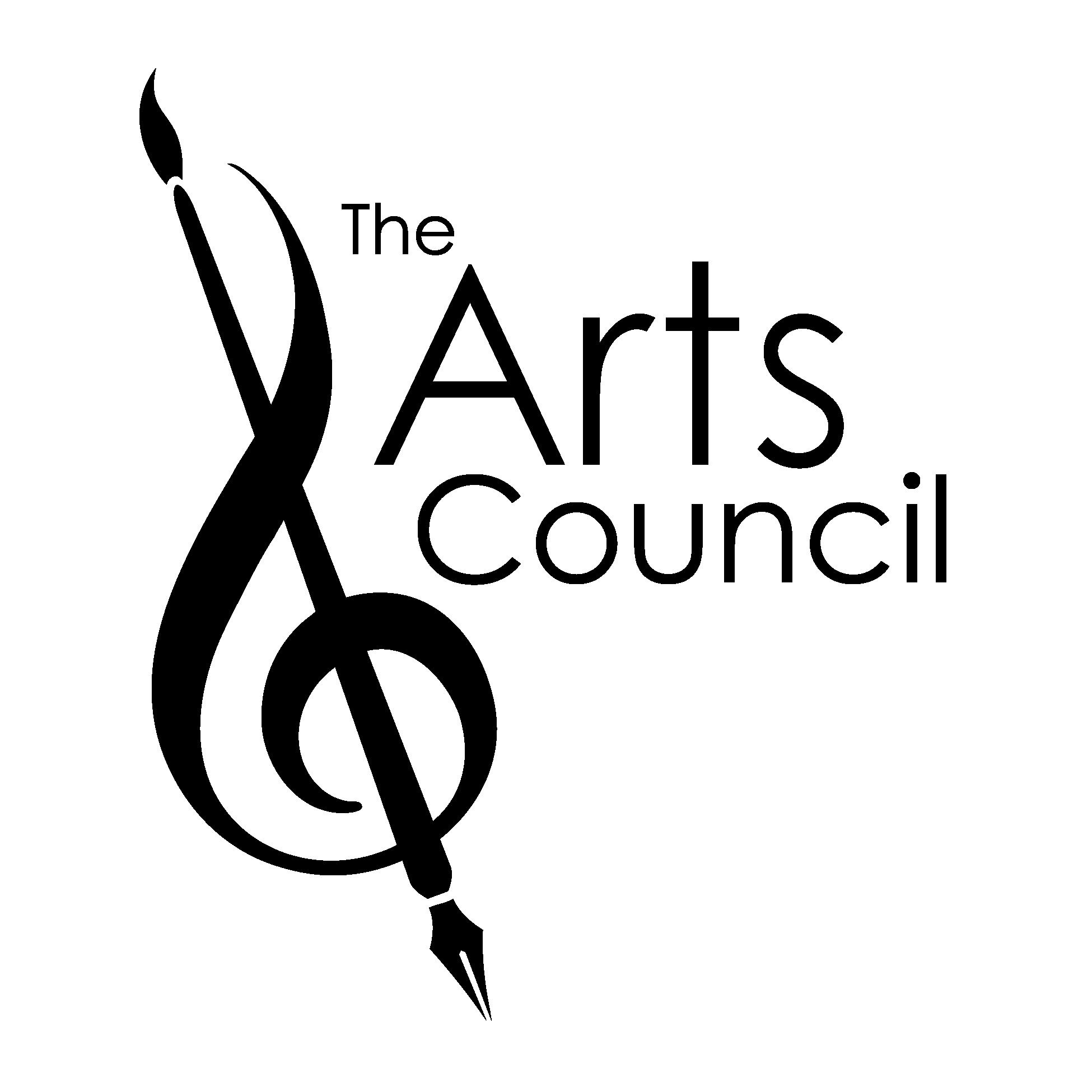

Drawing Realistic Nose
Ever wanted to draw a realistic nose? This is a very simple tutorial showing you how! I used a variety of different pencils (HB-8B) and an eraser for this but if you want, you may choose to use other materials such as graphite, charcoal, etc. I recommend using small strokes so you can control it better.
I personally believe that noses are the most difficult facial feature to draw because it is the centerpiece of the face .. not to mention there are so many different sorts of noses. Even in the same ethnic backgrounds, noses vary so much - everything from the length and width of the bright to the shape of the bulb (tip) to how much it rises from the face to the shape of the nostrils
Step 1: Sketch a rough shape of the nose. I chose a straight Caucasian nose.

Step 2: Darken the sketchy lines with small strokes to provide a guideline for later. Make sure to do this faintly as you don't want clearly defined lines yet.

Step 3: Fill both sides of the nose with small strokes to bring out a three dimensional feel. Leave the center of the bridge and bulb of the nose tip untouched. Pencil in the outline of the nostrils.

Step 4: Focus on the sides of the tip. It usually draws inwards which means it is darker than the rest of the bridge.

Step 5: Continue darkening using the guidelines you made above. Shade the area around the nostrils to give the impression of shadowing.

Step 6: Shade more if you wish until you are left with a desired effect. If needed, use an eraser to highlight the top of the nose bridge as well as the tip. Fix up the nostrils.

We're finished! Of course, you can change and alter this to suit whatever you are drawing. Keep your eyes peels for more drawing tutorials from me!

The nose is a feature that is often overlooked by portrait artists. But it shouldn't be! If you don't get the nose quite right, the whole portrait suffers.
I hope this tutorial has helped you in some way or another. I can explain how I do things all day but the basic idea of drawing is to just understand how tones flow and to train your eye to see what others don't see.
All of my tutorials are free, I don't ask for anything in return. I make them because I enjoy talking art and teaching others. They do take me quite a while to put together, a lot of work goes into them. If you have enjoyed or benefitted from this tutorial all I ask is that you help promote it. You can do this by submitting to social networking sites.

